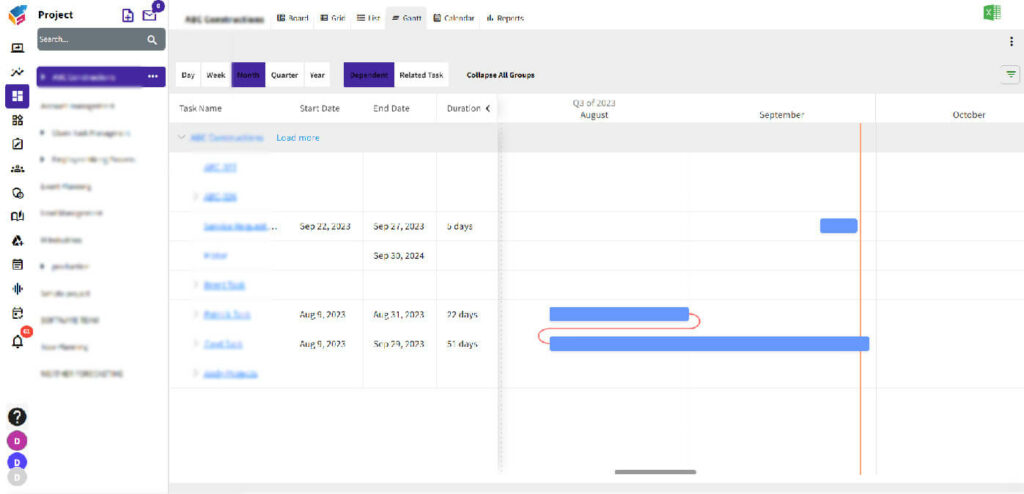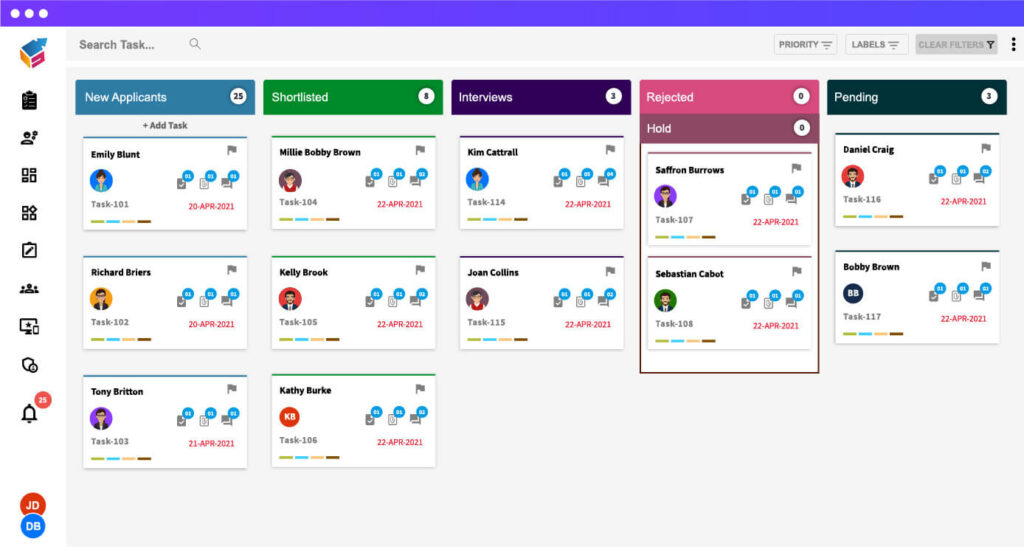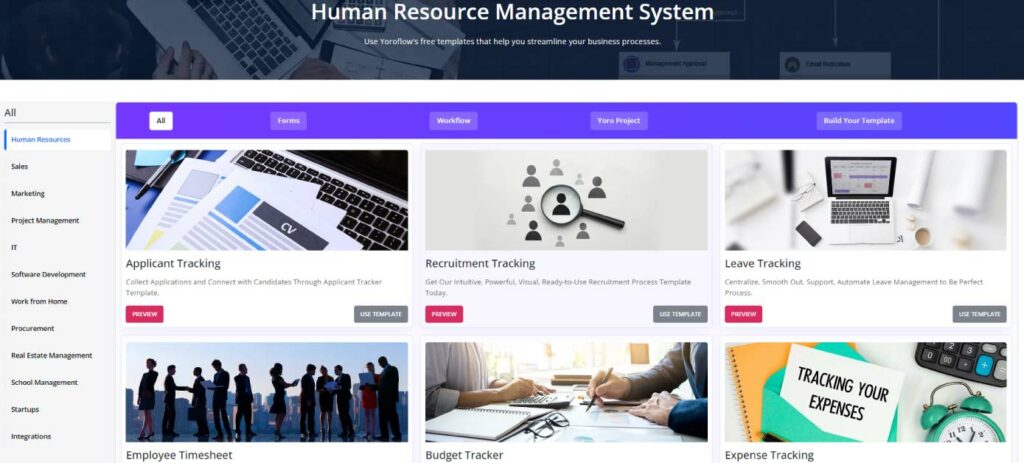What is HR process mapping and how does it work?
HR process mapping is a tool that helps organizations to understand their current HR processes and how they can be improved.
It’s an organizational strategy that includes the various steps in the HR process, including recruitment, training and development, performance management, compensation and benefits, employee relations, etc.
HR process mapping is a powerful way for organizations to visualize the flow of people within their organization. It also provides insights into the effectiveness of existing HR policies and practices.
HR process mapping is a technique used by organizations to map their HR processes. It is an important tool for HR departments to improve the organization’s efficiency and effectiveness.
HR process mapping is the act of diagramming, in detail, the various steps that are involved in performing an HR task. This diagram can be used by managers to identify where improvements can be made in the company’s overall efficiency and effectiveness.
HR process mapping benefits for your business
HR process mapping is the process of documenting and visualizing the existing HR processes in a company. It helps to make sure that the HR processes are efficient and do not have any gaps.
The benefits of HR process mapping include:
- It helps to identify gaps in your current HR system, which can be fixed by creating new processes or modifying existing ones.
- It allows you to create an employee handbook, which will help your employees understand their roles and responsibilities better.
- It provides you with a clear understanding of what is happening in your company at any given time, which will help you make better decisions.
HR process mapping tools and software
A workflow is a sequence of steps that takes input and processes it to produce an output.
Workflows are a set of sequential processes that transform input into output. The input and output can be data, information, or material that is processed for different purposes
The process of mapping out your business workflow will help you identify bottlenecks and inefficiencies in your operations and find ways to improve them.
Workflow mapping tools are designed to help you map out your business workflow so you can visualize where the bottlenecks are and find ways to improve them.
HR process mapping tools and software are designed to help businesses map out their business workflow process. By mapping out the process, it will be easier to see where there are inefficiencies and areas that need improvement.
The HR process mapping tools can help HR teams with the following tasks:
- Finding the best way to organize their employee’s workflow
- Creating a system for tracking employee performance
- Tracking employee’s attendance
- Evaluating employee performance
- Managing company benefits
- Creating a job description document for each position in the company
HR process mapping techniques to create a detailed workflow model
HR process mapping is the process of documenting a company’s HR processes in order to improve efficiency.
HR process mapping helps organizations to create a detailed workflow model for their HR processes. This can be done by following these three steps:
Step 1: Define the scope of your HR process mapping project and identify the business objectives that you want to achieve.
Step 2: Identify all the activities that are involved in your company’s HR processes and map them out on a timeline.
Step 3: Create an overview diagram, which will show your organization’s current state and what it looks like after implementing your proposed changes.
How to do a HR process map?
A HR process map is a visual representation of the steps that are involved in completing a task or job. It can be used to analyze and improve the efficiency of an organization’s HR processes.
Some of the things that an HR process map should include are:
- The task or job being performed (i.e. hiring)
- The input needed to perform the task (i.e. job description, resume)
- The tasks that need to be completed in order to done the job (i.e. interview, background check, offer letter)
- HR management tools and software used for each step
HR process mapping is a way of documenting the HR processes within an organization. It can be used to analyze the current state of the process and identify areas for improvement.
HR automation process mapping is a great tool for HR professionals, managers, and executives alike.
The HR process map is a visual representation of the entire human resource management process. It is designed to show the flow of information and tasks within an organization and highlight any potential bottlenecks.
Types of HR process mapping templates
HR process mapping templates are visual representations that help organizations document and understand their human resources processes. These templates vary in complexity and design to suit different needs and preferences. Here are some common types of HR process mapping templates:
- Flowchart Templates: Flowcharts are a popular choice for mapping HR processes. They use shapes and arrows to illustrate the sequence of steps in a process. You can use software like Microsoft Visio, Lucidchart, or even simple drawing tools to create flowchart templates for HR processes.
- Swimlane Diagrams: Swimlane diagrams are a type of flowchart that assigns each step or task to a specific department or role within HR. They are helpful for visualizing the responsibilities of different teams or individuals in a process.
- Checklist Templates: Checklist templates are simple, list-based templates that outline the steps or tasks in a process. They are easy to create using word processing software like Microsoft Word or Google Docs.
- Gantt Charts: Gantt charts are useful for mapping out HR processes that have multiple tasks or sub-tasks with specific timelines. They provide a visual timeline of when each task should be completed.

- Mind Maps: Mind maps are a creative way to visualize HR processes. They start with a central idea or task and branch out to show related sub-tasks or steps. Software like MindMeister or XMind can help create mind map templates.
- Process Diagrams: Process diagrams use shapes and connectors to represent HR processes visually. They are less rigid than flowcharts and offer more flexibility in design.
- Timeline Templates: Timeline templates focus on the chronological aspect of HR processes, showing when each task or step occurs. They are particularly useful for onboarding processes or project timelines.

- Kanban Boards: Kanban boards are often used for visualizing tasks in progress. They can be adapted to HR processes to track the status of tasks, such as recruitment stages or employee onboarding steps. Tools like Trello or Asana offer digital Kanban board templates.

- Data Flow Diagrams (DFD): DFDs are suitable for mapping how data moves within HR processes. They help identify data inputs, outputs, and data processing points in the workflow.
- Value Stream Maps: Value stream mapping is used to analyze and improve HR processes by identifying areas of waste or inefficiency. These maps are especially helpful for process optimization.
- Decision Trees: Decision trees are useful for mapping out HR processes that involve complex decision-making. They help visualize different paths and outcomes based on various decisions.
- Custom Templates: Organizations can create custom templates that suit their specific HR processes. These templates may incorporate elements from multiple types mentioned above to meet unique needs.

The choice of HR process mapping template depends on the complexity of the process, the audience it’s intended for, and the organization’s preferences for visual representation. It’s often beneficial to use a combination of templates when documenting and analyzing HR processes to provide a comprehensive view.
HR process map benefits – Efficiency & Productivity increase
A process map is a visual representation of the steps and stages in a process. It can be used to identify areas where there are delays, bottlenecks, or redundancies that can be eliminated.
Process maps are not only useful for identifying these issues but also for evaluating how efficient a process is and how productivity could be increased. They can also help you identify areas where you need to improve the quality of your workflows.
Conclusion
The HR automation process mapping is a powerful tool that can be utilized to improve the efficiency of the HR team. It is also a useful tool for determining what processes need to be improved and which ones are working well.
HR process mapping is a systematic way of documenting a company’s HR practices, procedures, and policies in an orderly manner.
It helps the HR team identify areas where they can make improvements to their processes and workflows.
HR process mapping provides an accurate picture of what the company’s employees should expect from the HR department.




